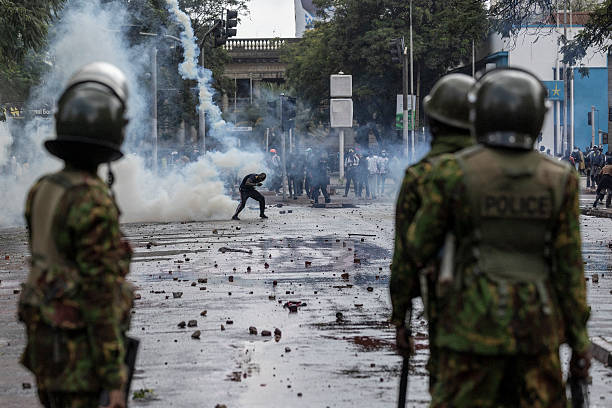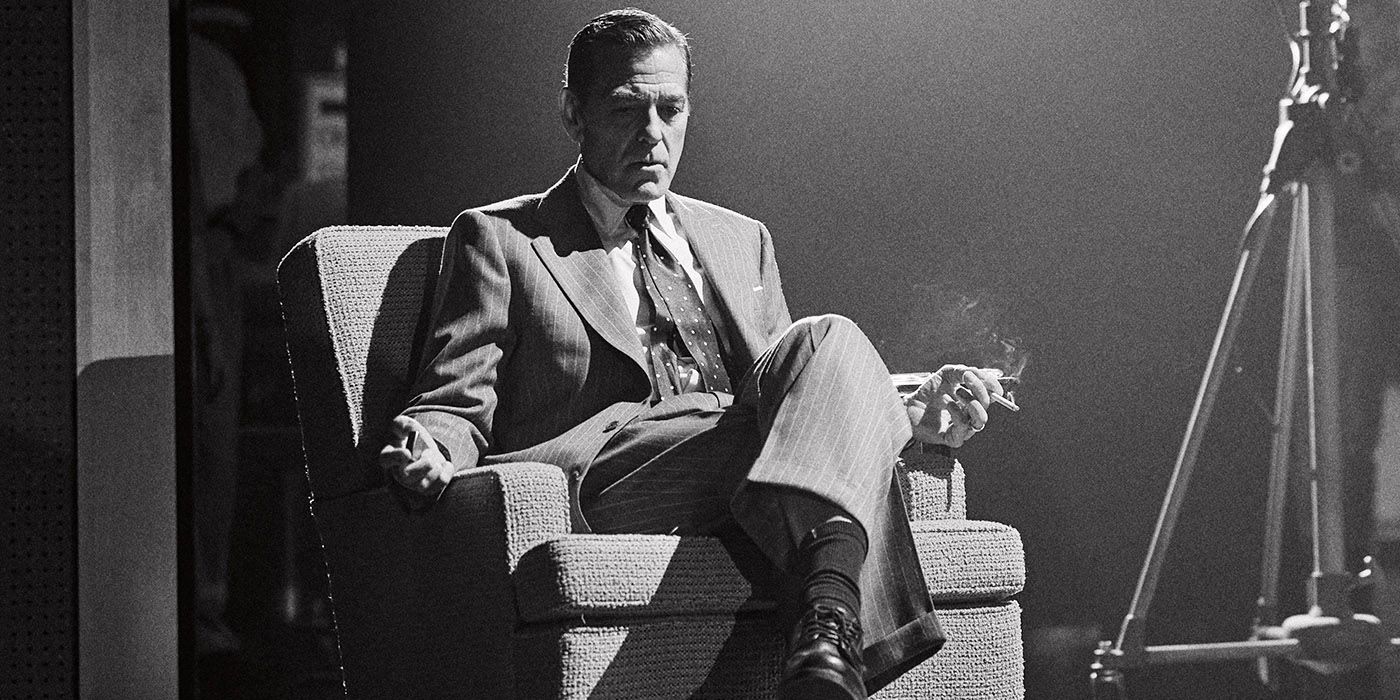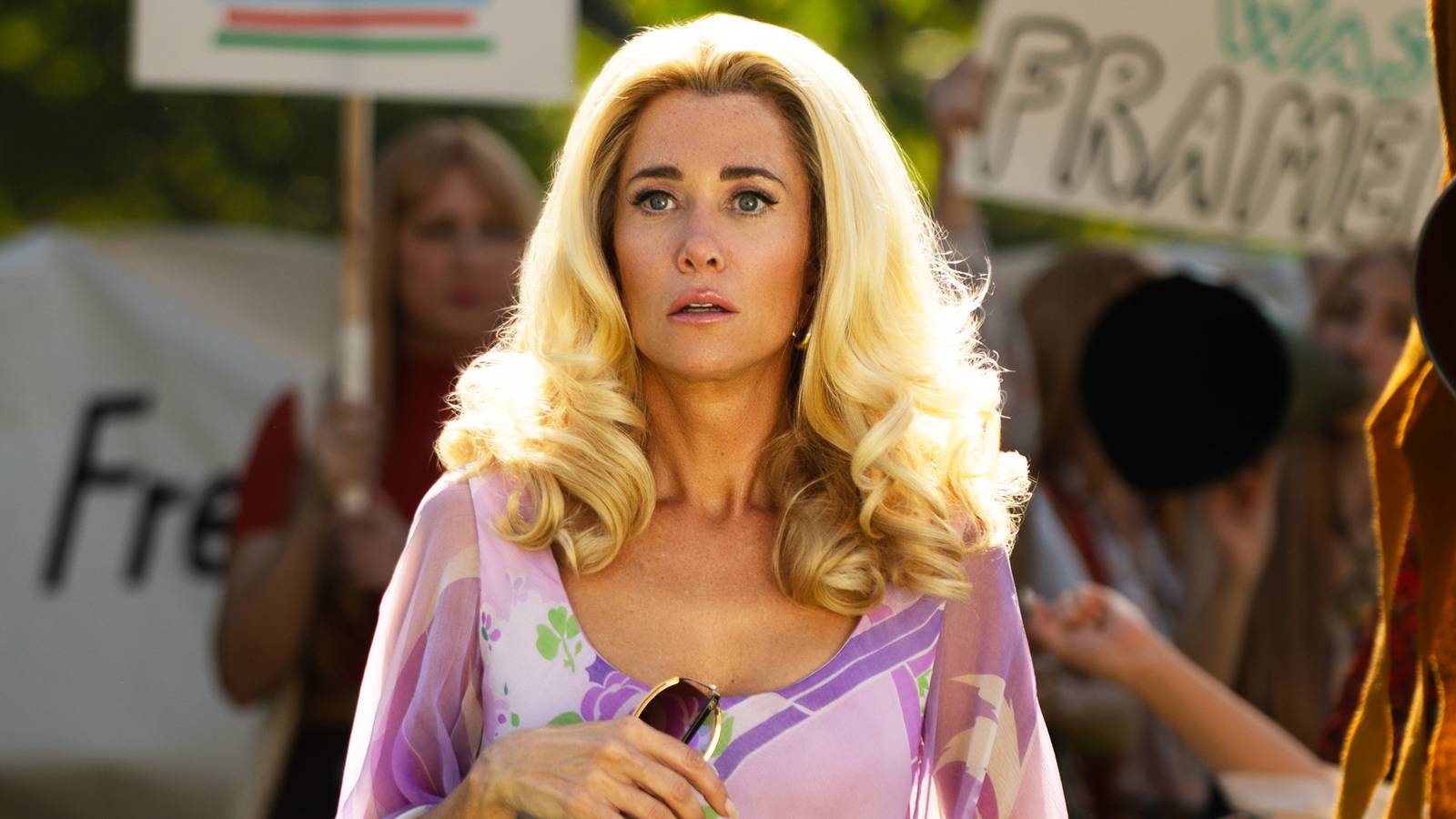Youth Rising in Nairobi: The Protest Over a Life Taken Too Soon

A Voice Silenced, A Country Stirred
In early June 2025, Kenya lost Albert Omondi Ojwang, a 31-year-old teacher and blogger known for speaking truth to power. He was arrested in Homa Bay for allegedly criticizing Deputy Inspector General Eliud Lagat, and two days later, died in police custody in Nairobi under circumstances that authorities initially blamed on suicide. A postmortem revealed otherwise: head trauma, neck compression, and signs of physical assault. Rights observers, including the police watchdog, demanded accountability.
On June 9, anger erupted. From Nairobi’s streets to western towns and the Rift Valley, young Kenyans—largely unbound by political parties and organized through social media—took to the streets, demanding justice, transparency, and the resignation of police leadership.
The Moment That Sparked Nationwide Outrage
As crowds marched toward Parliament during budget deliberations, police fired tear gas and water cannons. Vehicles were set ablaze. Protesters chanted, “No justice, no budget,” and “Lagat must go.” Demonstrators grew increasingly defiant
The protest channeled wounds from earlier unrest—particularly the 2024 Gen Z demonstrations against a controversial tax bill, which had claimed over 60 lives and sparked a major constitutional crisis in Kenya.
A Tragedy Ignites a Movement
What transformed outrage into a broader crisis was not just Ojwang’s death, but what followed.
On June 17, a masked officer shot a civilian vendor, Boniface Kariuki, in the head at point-blank range. The man, believed to be uninvolved in the protest, was shot while walking away. His death triggered more protests, mourning, and calls for change.
Within weeks, the death toll rose: by July 1, more than 50 people had died, with at least 300 injured—some critically. According to human rights groups and the Kenya National Commission on Human Rights, at least half of those were youth leading the demonstrations.
A Generation Called to Account
What made these protests distinct was their leaderless, Gen Z character. Young people, unaligned with political parties, mobilized online using hashtags like #RutoMustGo. They demanded structural reforms, economic relief, and new policing oversight. This young cohort—educated but disproportionately unemployed—felt ignored, disillusioned, and ready to reclaim Kenya’s future.
President William Ruto, elected on a populist promise to uplift the poor, faced mounting pressure. His suggestion to “shoot in the legs” looters and destroyers of property sparked outrage from opposition politicians and civil society, who called for his resignation or impeachment
Voices From the Frontline
SOURCE: gettyimages
“Youths are tired of respect without result,” said a protest veteran from Nairobi. At Boniface Kariuki’s burial, young mourners waved Kenyan flags and performed solemn dances. At the same time, chilling stories circulated about paid “goons” attacking protesters—sometimes hired by political interests—or sometimes against their own friends, a reflection of pervasive economic desperation.
“In these streets, we are not criminals,” said Mwikali N., a 24-year-old university student who had traveled from Kisumu to join the demonstrations in Nairobi. “We are tired of choosing between silence and suffering. We want a government that listens, not one that lectures.” Her voice was hoarse from chanting all morning, yet steady with resolve. Around her, young protesters held placards scribbled with poetry, not just protest—proof that this generation’s rage is as creative as it is defiant.
In the heart of Kibera, one of Nairobi’s oldest settlements, a community youth leader stood beside a mural freshly painted after the burial of Boniface Kariuki. “We were raised to respect authority,” he said, “but authority has stopped respecting us.” For many of Kenya’s youth, especially in urban slums and rural wards, the protest is not just political—it is deeply personal. It is a cry to be seen. A plea not to become hashtags after death but headlines in life.
What the Movement Demands—and What It Reveals
The protesters laid bare not only grief but also broader dissatisfaction: rising living costs, lack of jobs, corruption, and impunity in governance. They asked simple questions: Why should criticism lead to detention and death? Why must pleas for justice turn citizens into targets?
At the core of the protests is a rejection of governance without dialogue. Kenya's youth are no longer content with being the silent majority—voting every five years and fading into the margins of national discourse. Their occupation of parliament gates, the symbolic lighting of candles, and the bold signage that reads “We are the leaders we’ve been waiting for” speak volumes. They are demanding not only the scrapping of exploitative taxes but a new contract between state and citizen—one grounded in trust, not fear.
The movement also reveals a growing ideological shift across Africa. Where older generations often saw government failure as inevitable or chose silence out of survival, the youth are choosing confrontation, but with intellect, digital savvy, and remarkable restraint. This isn't chaos—it’s clarity. It’s an awakening that questions not only what leaders do, but how they came to lead, and who truly benefits when budgets are passed without public understanding. The protests, then, are not only about the finance bill—they are about power, accountability, and the rightful place of the people in shaping their destiny.
At its core, the movement is asking for accountability—not merely arrests, but justice rooted in equity. They want policing to mean protection, not persecution; policy to mean relief, not rhetoric.
State Response and the Road Ahead
The government has made limited concessions: a police officer was arrested for Ojwang’s murder; Deputy Inspector General Lagat stepped aside pending investigation. Still, critics argue these are symbolic gestures without structural change.
Gen Z protests once again tested the limits of state tolerance. From June into early July—especially on July 7, the anniversary of historic pro-democracy protests—violence flared. Tear gas, arrests, even bullets followed marches. At least 31 people died in one of the largest crackdowns, with political leaders calling for restraint too late.
SOURCE: Getty Images
A Growing Divide — or a Democratic Moment?
Kenya stands at a fracture point—not just in politics, but in generational trust. Ruto’s government risks being seen as unresponsive, especially to young people who view themselves as neither opposition nor followers. Analysts warn that if the president fails to bridge this gap, his 2027 ambitions could unravel.
For the generation that has never known the old regime, democracy is not nostalgia but action.
A Final Reflection
What began with grief over a death has grown into a national reckoning. The youth-led protests are more than street scenes—they are Kenya’s plea for dignity, for dialogue, for recalibration. And the tears in the streets are not fractures—they are fissures waiting to be healed, before they become fault lines.
Perhaps this is not just the story of protests—but the story of Kenya’s rebirth through its youth.
Let us remember not only the names that died, but the questions they asked—and whether the nation dares to answer.
Recommended Articles
There are no posts under this category.You may also like...
Super Eagles' Shocking Defeat: Egypt Sinks Nigeria 2-1 in AFCON 2025 Warm-Up

Nigeria's Super Eagles suffered a 2-1 defeat to Egypt in their only preparatory friendly for the 2025 Africa Cup of Nati...
Knicks Reign Supreme! New York Defeats Spurs to Claim Coveted 2025 NBA Cup

The New York Knicks secured the 2025 Emirates NBA Cup title with a 124-113 comeback victory over the San Antonio Spurs i...
Warner Bros. Discovery's Acquisition Saga: Paramount Deal Hits Rocky Shores Amid Rival Bids!

Hollywood's intense studio battle for Warner Bros. Discovery concluded as the WBD board formally rejected Paramount Skyd...
Music World Mourns: Beloved DJ Warras Brutally Murdered in Johannesburg

DJ Warras, also known as Warrick Stock, was fatally shot in Johannesburg's CBD, adding to a concerning string of murders...
Palm Royale Showrunner Dishes on 'Much Darker' Season 2 Death

"Palm Royale" Season 2, Episode 6, introduces a shocking twin twist, with Kristen Wiig playing both Maxine and her long-...
World Cup Fiasco: DR Congo Faces Eligibility Probe, Sparks 'Back Door' Accusations from Nigeria

The NFF has petitioned FIFA over DR Congo's alleged use of ineligible players in the 2026 World Cup playoffs, potentiall...
Trump's Travel Ban Fallout: African Nations Hit Hard by US Restrictions

The Trump administration has significantly expanded its travel restrictions, imposing new partial bans on countries like...
Shocking Oversight: Super-Fit Runner Dies After Heart Attack Symptoms Dismissed as Heartburn

The family of Kristian Hudson, a 'super-fit' 42-year-old marathon runner, is seeking accountability from NHS staff after...
